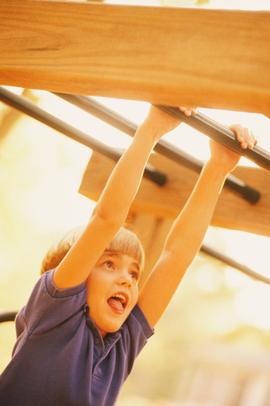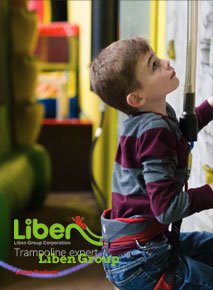How to Start an Indoor Playground for Children
Date:2015-04-22 12:00:00 Views:3524

Step 1
Find a large indoor place to put your playground. Indoor playgrounds are often found in malls in a retail location, but a large room in a local community center, library, gymnasium or even someone's barn could all prove worthy of the project.
Determine what age groups for which you are designing the playground. Kids 6 and under will have different needs than kids between the ages of 7 and 12.
Find out if your state or county has any specific regulations that you must follow. Since this is likely to be a parent-supervised play structure, you will not have to worry about daycare licensing, but you may have have to follow certain codes for the equipment itself. Fire codes will also need to be met and will determine how many children can be in the building and on the equipment at one time.
Work with a company that manufacturers indoor play equipment. These companies often consult with new playground owners about the design and layout of the space. It is important to lay out the playground so there are emergency exits, ease of transition from one piece of equipment to others, and smooth traffic flow.
Install your playground equipment with the help of the manufacturer's installation crew. It's essential to have at least one person who has installed this type of equipment on hand to help since every item must be installed safely and to the design.
Set your prices so you can pay for your overhead and make a profit, yet still appeal to parents of different economic circumstances. Making your playground a community gathering place in addition to a business will only help your business grow and become popular over the years.
Market your playground through different venues. Some schools will allow you to place a flier in their weekly paper packets that go home to parents. If you offer a discounted rate or a free trial, you may be able to do this. You should contact schools and camps about having your playground be a field trip destination. Place ads in the local kids' activity papers and in community bulletins.
Hold events at your playground such as birthday parties and children's music or entertainment events to encourage attendance.
Respond to parent and child requests when you can. Parents often can offer insight as to what would make kids happy, and even little kids can tell you when a piece of equipment is fun or not.
-095804.jpg)

-135500.jpg)





